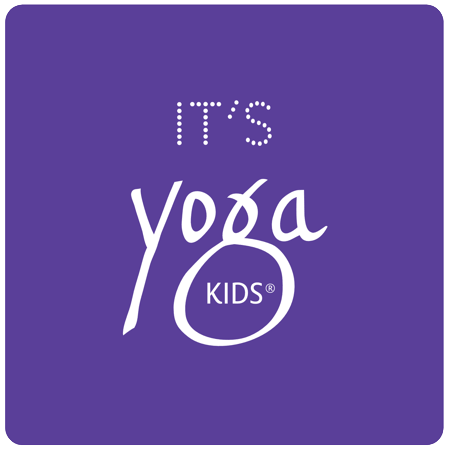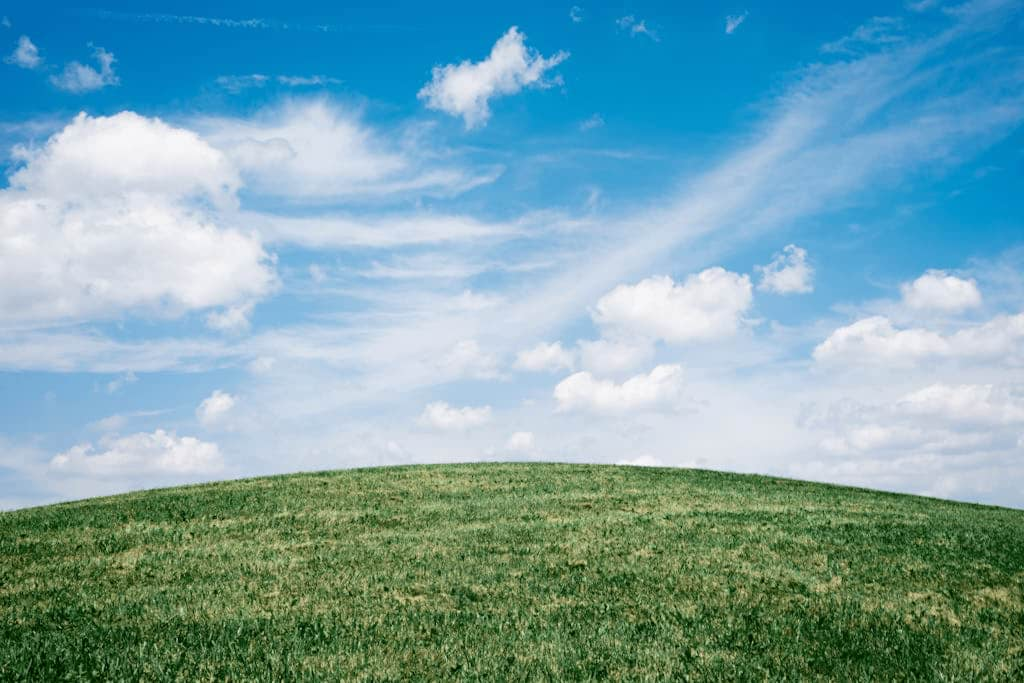Press PLAY to listen to this post.
April is Alcohol Awareness month. This is very close to my heart because too many families struggle with alcohol abuse and addiction. I have seen its damaging effects especially on children. Worse, many teenagers adopt the use of alcohol as coping mechanism.
First, some facts:
- 178,000 people in the U.S. alone die of alcohol-related harms a year. It is a causal factor in >200 diseases including seven deadly cancers. 13.5% of total deaths between ages 20-39 are attributable to alcohol.
- Anheuser-Busch spends ~$7B a year in advertising, heavily targeting youth. Advertising spend is linked to higher consumption rates.
- U.S. warning labels for alcoholic beverages haven’t been updated for more than thirty years, predating the recognition of alcohol as a group 1 carcinogen.
- Alcohol tax policies are similarly outdated at the state and federal level. Higher taxes support reduced consumption rates.
- Like Big Tobacco did for decades, Big Alcohol actively obstructs public awareness, heavily investing in opposing effective alcohol policies at the expense of public health.
Yoga and alcohol are two very different coping mechanisms, each with its own set of effects and implications for mental and physical health. Here's a comparison:
Effects on the Body:
Yoga: Yoga focuses on physical postures, breathing exercises, and meditation techniques. It promotes flexibility, strength, balance, and relaxation. It can help reduce physical tension and improve overall physical health.
Alcohol: Alcohol is a depressant that affects the central nervous system. While it may initially provide feelings of relaxation and euphoria, excessive alcohol consumption can lead to impaired coordination, slurred speech, and long-term health problems such as liver damage, heart disease, and addiction.
Effects on Mental Health:
Yoga: Yoga has been shown to have numerous mental health benefits, including reducing stress, anxiety, and symptoms of depression. It promotes mindfulness and self-awareness, helping individuals to better cope with difficult emotions and situations.
Alcohol: While alcohol may temporarily alleviate feelings of stress or anxiety, it is not an effective long-term coping mechanism. In fact, excessive alcohol consumption can exacerbate mental health issues and lead to a cycle of dependence and negative coping strategies.
Long-Term Consequences:
Yoga: Practicing yoga regularly can have long-lasting positive effects on both physical and mental health. It can improve overall well-being and resilience to stress.
Alcohol: Excessive alcohol consumption can have serious long-term consequences for physical and mental health, including addiction, liver disease, cognitive impairment, and increased risk of accidents and injuries.
Community and Support:
Yoga: Yoga can be practiced individually or in a group setting. Many people find a sense of community and support through yoga classes and workshops.
Alcohol: While alcohol is often consumed socially, it can also contribute to social isolation and problems in relationships, especially when dependence or addiction becomes an issue.
Yoga offers numerous physical and mental health benefits and promotes overall well-being, while excessive alcohol consumption can lead to a range of negative health outcomes and is generally not a sustainable or healthy coping strategy.
What’s the USAPA?
The U.S. Alcohol Policy Alliance is a nonprofit, nonpartisan organization translating alcohol policy research into public health practice. The organization is committed to ensuring that local and statewide organizations engaging in alcohol policy initiatives have access to the science, resources and technical assistance, including support for organizing efforts, required to engage in informed decisions and actions in translating alcohol policy research into public health practice.
Here is a 3 minute video that captures what they’re up to. With this awareness, we hope to see you in yoga class or become a teacher in your area.
Press PLAY to listen to this post.
As Earth Day approaches on April 22, our collective focus turns towards sustainability, conservation, and the protection of our precious planet. It's important to engage our children in understanding and appreciating the significance of Earth Day. One beautiful way to do so is through the practice of kids yoga, blending physical activity with mindfulness and environmental awareness. The symbiotic relationship between kids yoga and Earth Day highlights how this joyful practice can instill a love for both personal care and the planet.
Yoga as a Tool for Connection:
Yoga offers a holistic approach to health and wellness. For children, yoga can be an especially powerful tool for cultivating self-awareness, emotional regulation, and physical fitness. Through playful poses, mindful breathing exercises, and relaxation techniques, kids yoga encourages a deeper connection between mind, body, and spirit. Moreover, yoga fosters a sense of connection to the world around us, emphasizing our interdependence with nature and the importance of living in harmony with all living beings.
Bringing Earth Day into the Yoga Studio:
As we celebrate Earth Day, integrating themes of environmental stewardship into kids yoga classes becomes both meaningful and educational. Yoga instructors can weave elements of nature into their sessions, inviting children to embody various animals, plants, and natural elements through yoga poses and creative movement. By engaging their imagination and creativity, children develop a profound appreciation for the beauty and diversity of the natural world. Furthermore, yoga classes can incorporate discussions about environmental issues, such as pollution, deforestation, and climate change, in an age-appropriate manner. Through storytelling, games, and art activities, children learn about the importance of conservation and ways they can contribute to a healthier planet, fostering a sense of empowerment and responsibility.
Practicing Mindful Consumption:
In addition to raising awareness about environmental challenges, kids yoga can also promote mindful consumption and sustainable living practices. By encouraging children to reflect on their consumption habits and the impact of their choices on the planet, yoga instructors empower them to make more conscious decisions. Whether it's reducing plastic usage, conserving water, or supporting eco-friendly products, small changes can make a big difference when embraced collectively.
Connecting with the Earth:
As we commemorate Earth Day, let us remember the importance of cultivating a sense of reverence and stewardship for our planet in the hearts of our children. Kids yoga provides a joyful and transformative platform for nurturing this connection, integrating mindfulness, movement, and environmental education in a holistic manner. By embracing the practice of kids yoga for Earth Day and beyond, we empower the next generation to become compassionate caretakers of our planet, ensuring a brighter and more sustainable future for all.underscore our interconnectedness and responsibilities to society, and yoga provides a pathway to inner peace and resilience in the face of life's uncertainties.
Ground yourself and attend our family Earth Day Event on Sunday, April 21 at 9:30am at Metta Yoga.
Press PLAY to listen to this post.
In life, there are few certainties: death and taxes, as the old adage goes. But nestled within these seemingly grim certainties lies an unexpected beacon of hope and serenity: yoga. Let’s explore the interconnectedness of these three pillars of existence and how embracing them can lead to a more balanced and fulfilling life.
Death: A Universal Truth
Death is the ultimate equalizer, touching every corner of existence regardless of age, status, or wealth. It's a subject often avoided or feared, yet acknowledging its inevitability can profoundly shift our perspective on life. Rather than dwelling on the unknowns beyond death, we can choose to focus on living each moment to its fullest.
Understanding the impermanence of life can inspire us to cherish each day, to nurture our relationships, and to pursue our passions with vigor and purpose. By accepting death as a natural part of the cycle of life, we can find solace in the present moment and cultivate a deeper appreciation for the beauty that surrounds us.
Taxes: The Price of Civilization
Taxes, while perhaps less existential than death, are nonetheless an inescapable reality of modern society. They fund essential services, support infrastructure, and contribute to the greater good. While the process of paying taxes may be tedious, reframing it as a contribution to the collective well-being can imbue it with a sense of purpose and civic duty.
Moreover, navigating the complexities of taxes can teach us valuable lessons about responsibility, accountability, and financial literacy. By managing our finances wisely and fulfilling our tax obligations, we can secure our future and contribute to the stability and prosperity of society as a whole.
Yoga: A Path to Inner Harmony
In the midst of life's certainties, yoga emerges as a powerful tool for finding balance and inner peace. Rooted in ancient tradition and modern science, yoga encompasses physical postures, breathwork, meditation, and practical teachings aimed at cultivating harmony between body, mind, and heart.
Practicing yoga, and especially with kids, allows us to connect with the present moment, to release tension and stress, and to cultivate a sense of inner strength and resilience. Through regular practice, we learn to embrace change, to let go of attachments, and to surrender to the flow of life with grace and acceptance.
The Interplay of Certainties
At first glance, death, taxes, and yoga may seem disparate, but upon closer examination, they reveal a profound interconnectedness. Death reminds us of the preciousness of life, taxes underscore our interconnectedness and responsibilities to society, and yoga provides a pathway to inner peace and resilience in the face of life's uncertainties.
By embracing these certainties with open hearts and minds, we can navigate the complexities of existence with greater wisdom, grace, and serenity. Whether on the yoga mat, in the tax office, or contemplating the mysteries of mortality, may we find solace in the beauty of the present moment and the interconnectedness of all things.
Press PLAY to listen to this post.
April is Stress Awareness Month. Let’s face it: stress is unavoidable and necessary. Appropriate amounts of stress boost performance, but too much of it can be harmful. Stressors can include any pressure we encounter on a moment-to-moment basis.
When the body senses a threat (or stressor), it goes on high alert. Once the threat passes, the body quickly recovers. That’s the way it’s supposed to work. But with ongoing or too many stressors, your body may stay in a constant state of high alert, leading to mental and physical health problems.
When stress becomes chronic, the body cannot return to normal functioning. Chronic stress can be linked to depression and anxiety. Stress affects women and men differently. It affects children and teens differently. It’s also individual because some people are more resilient than others.
Yoga offers an opportunity for us to practice playing with stress. When we do that on the mat, we build resilience off the mat — in life. Here’s how:
1. Recognize and name stress. Yoga helps you tune into sensations. Stress is a sensation felt in the body. It can include difficulty concentrating, headaches, a quick heartbeat, cold hands, tight muscles, a nervous stomach, clenched teeth, fidgeting, irritability or withdrawing. Recognize your stress responses and name them. I feel… Then, take action with deep breathing, stretching, walking, writing, or taking a break to focus on reducing tension and inducing relaxation.
2. You time every day. Yoga helps you take care of you. Prioritize your care with your other responsibilities. Pay attention to exercise, eating healthy foods, and sleep. Yoga and meditation are very beneficial when feeling stressed. Also, notice “good things” each day or do something you enjoy, such as reading a book or listening to music, which can shift your attention from negative to positive.
3. Simplify routines. Yoga sequencing creates predictability. Block time and plan meals, morning, after school and bedtime routines. Prioritize tasks and create structures because daily frameworks allow you to account for and manage everyday stressors with more flexibility. Change can be hard — even if it helps as one mom tried “low-demand parenting” to add harmony to her household.
4. People matter. Yoga creates a caring community. Keep in touch with family, friends and groups for support. Having or being a person to talk with can be reassuring and calming. Venting and problem solving each have a place. Some of us simply need to be heard while others prefer solutions. Know who you are talking to and what they are good at…listening or fixing.
5. See multiple perspectives. Yoga inspires empathy. Changing the way we think about and respond to stress is called“reframing.” Sitting in traffic or around the house becomes an opportunity to enjoy music, podcasts or observe scenery. Reduce anger from rude or aggressive behavior by imagining what might be happening in that person’s life. Keeping situations in perspective boosts resilience. Look for the silver lining in all situations.
6. Seek help with problems. Yoga motivates self-advocacy. Seek appropriate care if stress is harming your relationships or ability to work. Talk to a health professional if stress is affecting your well-being, you feel you cannot manage the stress you’re experiencing, or stress has caused you to engage in or increase substance use. If you have suicidal thoughts, call the National Suicide Prevention Lifeline at 1-800-273-TALK (8255). Lifeline chat is a service available to everyone 24 hours a day, 7 days a week. In addition, if you need help locating a mental health provider, the Substance Abuse and Mental Health Services Administration (SAMHSA) offers a site that can assist you.
Recognizing your body signals to stress responses and learning to respond to those signals in new ways can help build the emotional, intellectual and physical strength that comprise resilience, which can help you tackle future stressors. When you do this, your kids learn to do this too. We’ll show you how.
Press PLAY to listen to this post.
When I became a mother, I was working for Microsoft. It was demanding and I loved it! But I longed to be with my baby and I was ready to do something more meaningful to me. I had no idea what that would be. I attended classes at It’s Yoga at 4th & Folsom. The 4:30 Happy Hour classes were notorious. I was amazed by how much yoga enhanced my life. I was physically toned, mentally focused and emotionally balanced. Yea!
If I didn’t get myself to class, I just didn’t feel as good. I was practicing a vigorous form, Rocket Yoga created by Larry Schulz, a long-time student of K. Pattabhi Jois. Larry was “the bad-boy of Ashtanga” because he rearranged the set sequences which is a big no-no in the system. His classes were challenging and fun and were known to become the original forms of Vinyasa Flow and Power Yoga.
When my first was born, I could not get to class anymore so I started an at-home practice way before Covid made that popular. My 18 month old daughter (who just turned 22 years old!) started modeling me in that practice. And she was perfectly modified for her development. I asked myself, “Was she spectacular or was this typical for a young child?” My business degree presented a query and I went on a quest to find out. (BTW, it’s both!) She is spectacular AND it’s typical childhood development. This was 2003. No kids were doing yoga.
I bought a few books and a crappy DVD. I looked for a training. There was only one. It was expensive, lengthy and totally inaccessible to me as a new mom. With my extensive background in dance, athletics and teaching young children, I decided to create my own. It took 3 years of research and development, talking to every pediatric professional and getting adult yoga and prenatal/postnatal certifications. It’s Yoga Kids® was born in 2005 at the same time as my second baby. I left corporate life and became an entrepreneur.
I opened the first Kids Yoga studio in the Presidio of San Francisco and began learning every lesson the hard way! I wish I had had someone to mentor me. There was so much learning - you pay in time and frustration! But, I figured it out! Our method is simple, stable and sustainable. My kids are grown (and awesome)! Through all the trial, error and successes, I realize, I love my momprenuer life! For me, there is no better way to raise your kids, than as a Yoga Mom. It has made me and them, the best we can be.
I’d love to show you how I did it. Because our kids need us to be skilled co-regulators. Plus, you can be a game-changer in your town and up level the whole community. It’s the most rewarding work I’ve ever done! (And gotten paid for.) Wrapping up Women’s History month, I invite you to notice how far women have come, and yet, we have more to go. And we have more choices now than ever to live more happy and free. Please join me.





